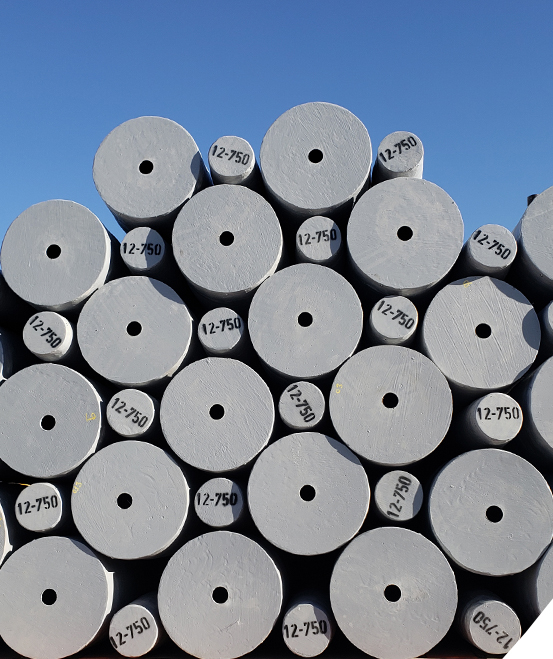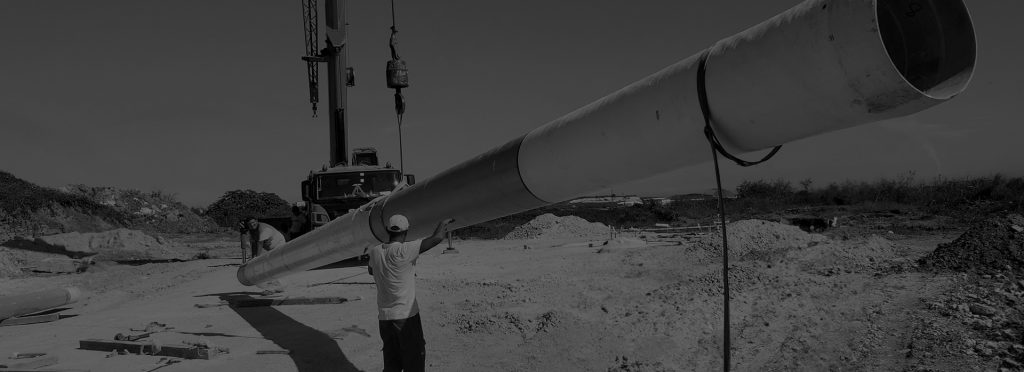Imagine a city without utility poles. It would be like a body without a spine—unable to function properly. Utility poles are those vertical structures we often overlook, yet they carry the weight of modern life. They support electrical wiring, telecommunications networks, and street lighting.
These structures are not just poles; they are essential pillars that ensure electricity, internet, and communication reach every home and business.

What is a Utility Pole and Why is it Essential?
Definition and main function
A utility pole is a vertical structure designed to support overhead power lines, telecommunication cables, internet networks, or public lighting. Its core purpose is to elevate and secure these systems, minimizing risks and ensuring efficient distribution.
Types of services supported
Utility poles are multifunctional. They can carry:
- Electrical power distribution.
- Telecommunications and internet lines.
- Fiber optic connections for high-speed data.
- Public lighting systems.
- In some cases, lightweight piping or monitoring devices.
The Role of Utility Poles in Urban and Rural Development
Utility poles play a fundamental role in shaping both urban and rural landscapes. Far beyond their traditional use for power lines, these structures now form part of an integrated network that supports electricity, telecommunications, and other essential services that sustain modern living.
Expansion of Telecommunications
The rise of digital infrastructure relies heavily on utility poles. They provide the physical framework for fiber optic networks, coaxial cables, and wireless transmitters, allowing high-speed internet and mobile connectivity to reach even the most isolated communities.
In urban areas, poles help telecommunications companies upgrade existing systems without costly underground works, facilitating faster deployment of 5G and IoT networks. Meanwhile, in rural or mountainous regions—where terrain and distance make underground installation impractical—utility poles offer a cost-effective and flexible solution for extending digital access and bridging the connectivity gap between urban and remote populations.
Electrification of Remote Communities
One of the most transformative impacts of utility poles is their role in rural electrification. Overhead power lines supported by poles have enabled electricity distribution to places where underground networks would be economically unfeasible or logistically complex.
By using poles, energy providers can quickly deploy and maintain electrical infrastructure, ensuring that small villages, agricultural zones, and remote facilities gain access to reliable power. This access fuels economic development—enabling local industries, improving education through technology, and enhancing overall quality of life. Additionally, modern composite or concrete poles are designed to withstand harsh environmental conditions, ensuring long-term service in remote or challenging environments.
Supporting Infrastructure for Water and Other Services
Beyond electricity and communications, utility poles can also integrate with other public service systems. For instance, some poles are designed to support monitoring devices for water supply networks, environmental sensors, or even lightweight pipelines used in rural water distribution projects.
In smart cities, poles serve as multifunctional hubs, housing components for traffic control, public Wi-Fi, lighting systems, and surveillance cameras. This multifunctionality reduces visual clutter, optimizes space, and contributes to sustainable urban planning.
In agricultural or developing regions, hybrid pole designs can support both energy distribution and resource management technologies, creating a single, unified structure that simplifies maintenance and reduces installation costs.

The Most Common Types of Utility Poles
The choice of material depends on climate, budget, and expected lifespan.
Wooden poles
Traditional and widely used in rural areas. They are cost-effective but vulnerable to rot, pests, and require chemical treatment.
Concrete poles
Extremely durable and fire-resistant. These are common in urban areas across Latin America, offering strength but requiring heavy machinery for installation due to their weight.
Steel poles
Known for structural strength and ability to handle heavy loads. They are often used in regions with strong winds, although they can be more expensive and prone to corrosion in coastal areas.
Fiberglass poles
One of the most innovative solutions in recent years. Lightweight, corrosion-resistant, and long-lasting, they are quickly becoming a preferred choice.
Advantages over other materials
- Resistant to corrosion, rot, and pests.
- Lower maintenance costs.
- Lightweight, making transportation and installation easier.
Common applications
- Coastal areas with high humidity.
- Projects requiring sustainable, long-lasting infrastructure.
- Regions where weight and installation logistics are a challenge.
Key Factors in Choosing a Utility Pole
Strength and durability
Poles must withstand mechanical loads, harsh weather, and even natural disasters like hurricanes or earthquakes.
Installation and maintenance costs
While wooden poles may seem cheaper upfront, their frequent maintenance can make them costly long-term. Fiberglass poles require higher initial investment but offer much greater durability.
Environmental and weather conditions
The right material for a city may not work in a coastal environment. For example, steel performs well structurally but corrodes quickly in salty air.
Safety regulations and standards
Utility poles must comply with national and international standards to ensure safe installation and efficient service distribution.
The Future of Utility Poles
From wooden posts to advanced composite structures, utility poles have evolved into crucial components of modern infrastructure. In the future, we can expect poles that not only support cables but also integrate solar panels, sensors, and data storage, contributing to smarter, greener cities.
Utility poles are no longer just simple supports—they are the silent guardians of progress, enabling electricity, communication, and connectivity to flow through our lives seamlessly.

 Eléctrica
Eléctrica
 Telecomunicaciones
Telecomunicaciones
 Alumbrado público
Alumbrado público
 Hidráulica
Hidráulica

